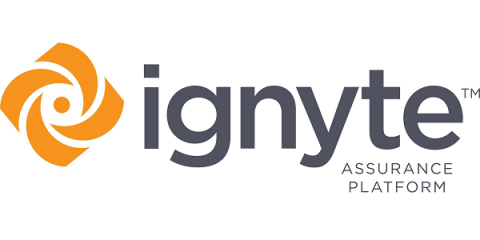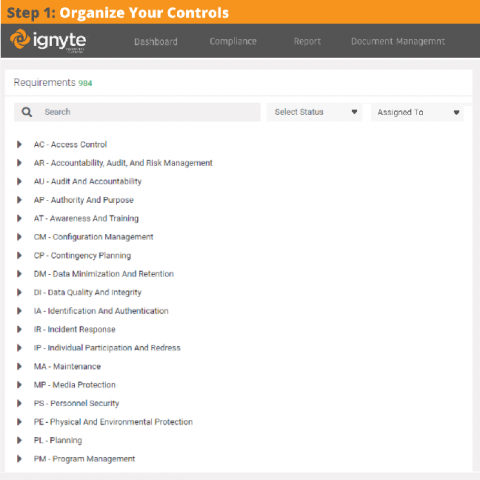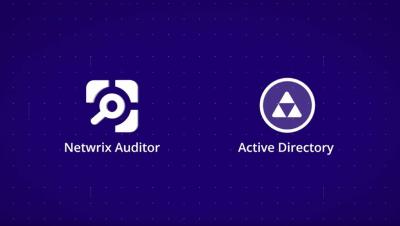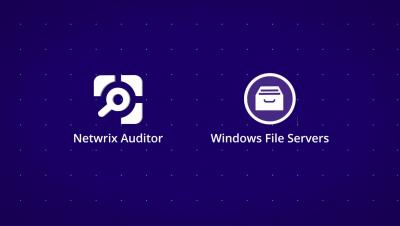What is FFIEC-CAT?
There has been a significant rise in the number and complexity of Cybersecurity threats over the last several years in the financial services industry. Institutions have been in need of a tool that can aid in identifying all the different risk types and how to develop a plan to be prepared for this continuously growing number of threats. Finally a tool has been developed for these intuitions, especially for Credit Unions.









